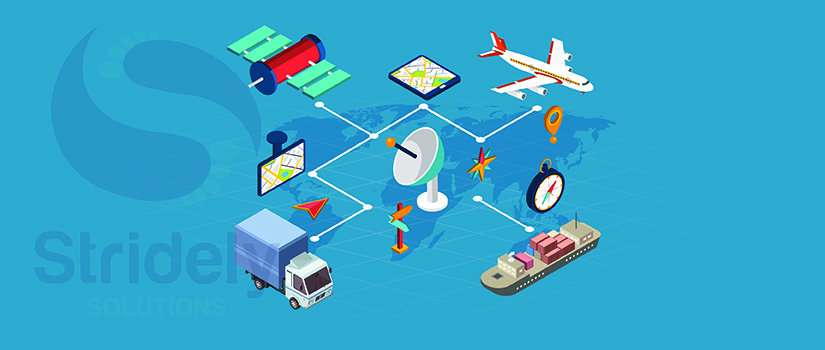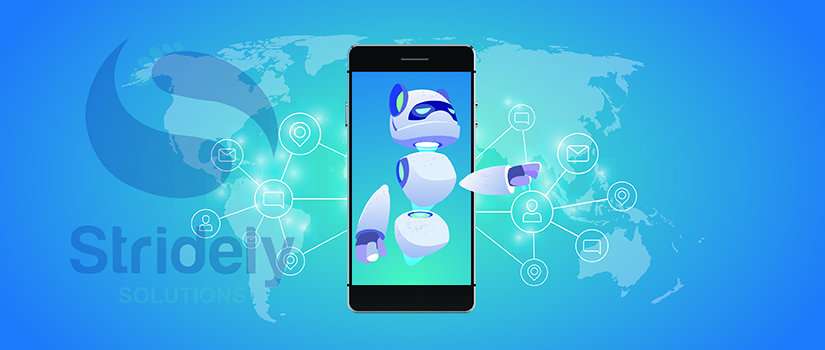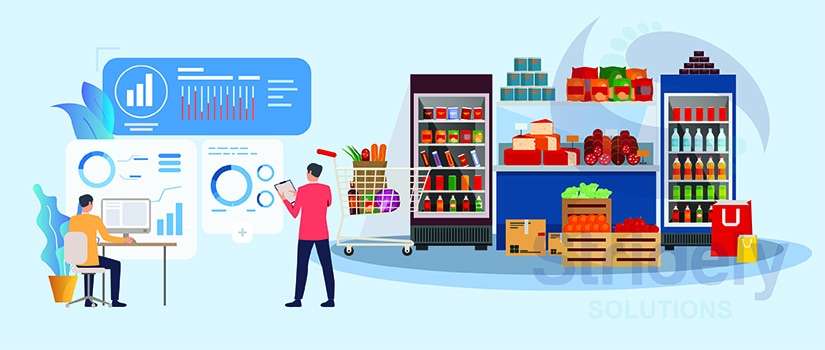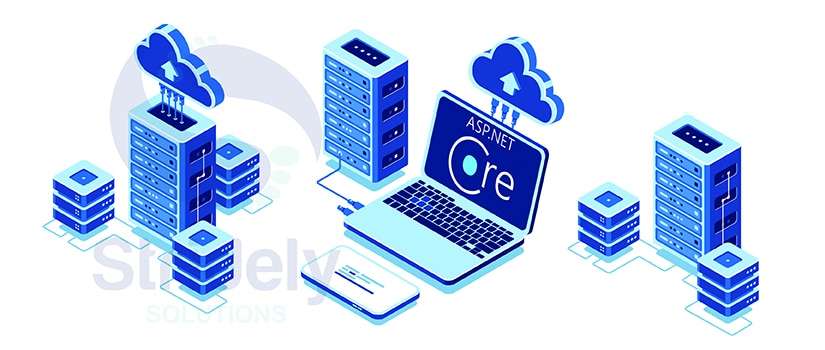Impact of Mobility Solutions on Logistic & Supply Chain Industry’s Dynamics

The supply chain and logistics industry have been growing for decades. Predicting how and what is nothing but difficult. Given the pace at which technology is rising, organizations, irrespective of their domain, invest in the same.
How to choose the right international website structure?

In case you are planning to take your online business beyond borders, there is an array of things to consider. Starting with the products to be added or improved to the website design and structure, everything needs to be revisited to make your site ready to hit the international market.
Entering the Decade of Automation – RPA for All

Gone are the days when everything was done manually. No matter how incoherent the job was or how repetitive the task, everything was done through human intervention. However, with time, the trend has changed and technology evolved.
Big Data for Consumer Packaged Goods (CPG) Industry: How and Why Businesses Need it?

With data rummaging up all the everyday business operations, entrepreneurs are finding it hard to map customers’ expectations. Nearly every sector is witnessing the transformation, mandating the need to adopt significant business strategies.
ASP.NET Core for Modern Web & Cloud Applications – Features To Know

Developed as an open-source platform, ASP. NET is the first choice of a majority of the developers when it comes to building feature-rich, scalable web applications. A new release encompasses a modular framework that owns the capability to run on all platforms, irrespective of the kind.

